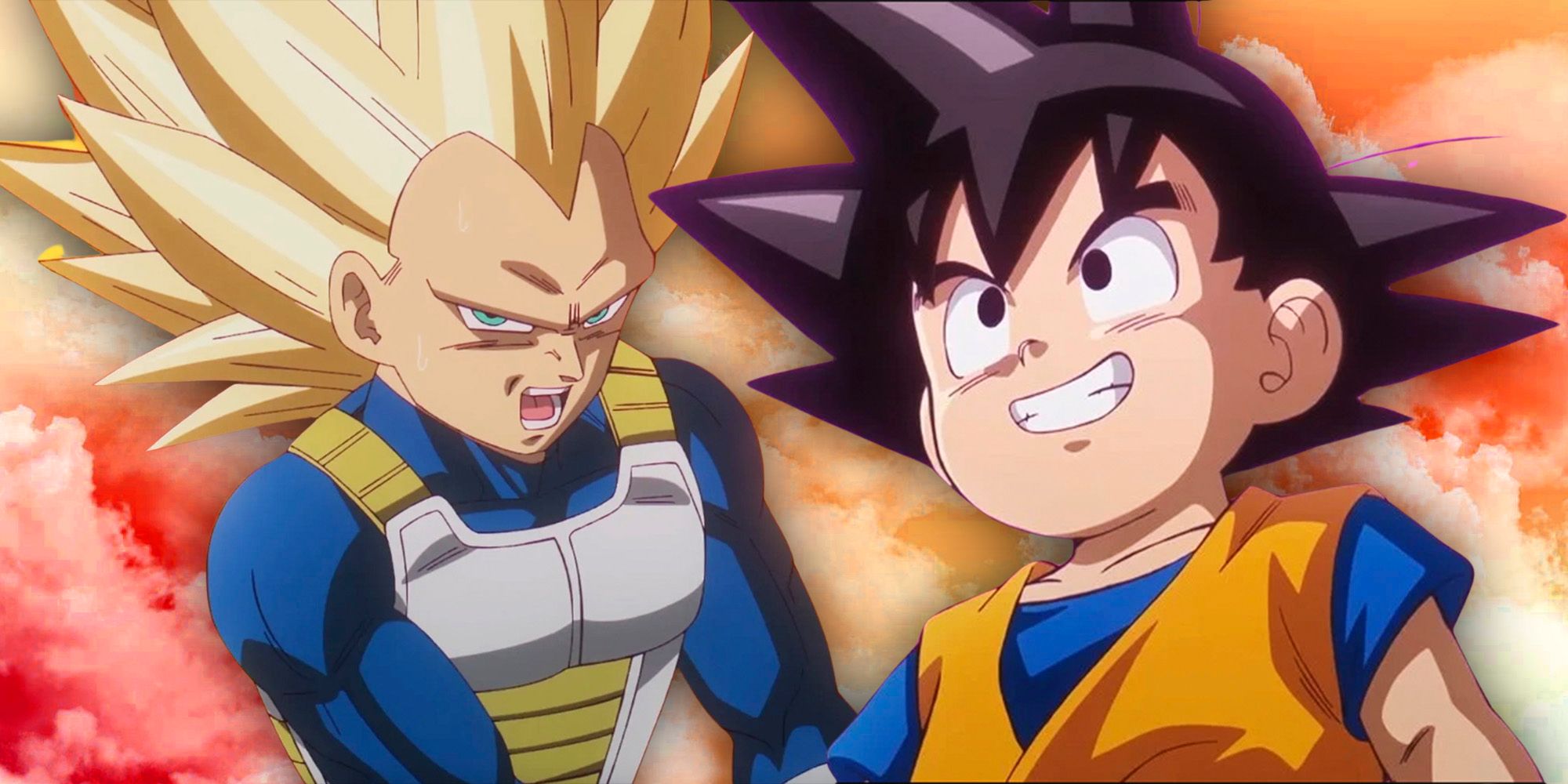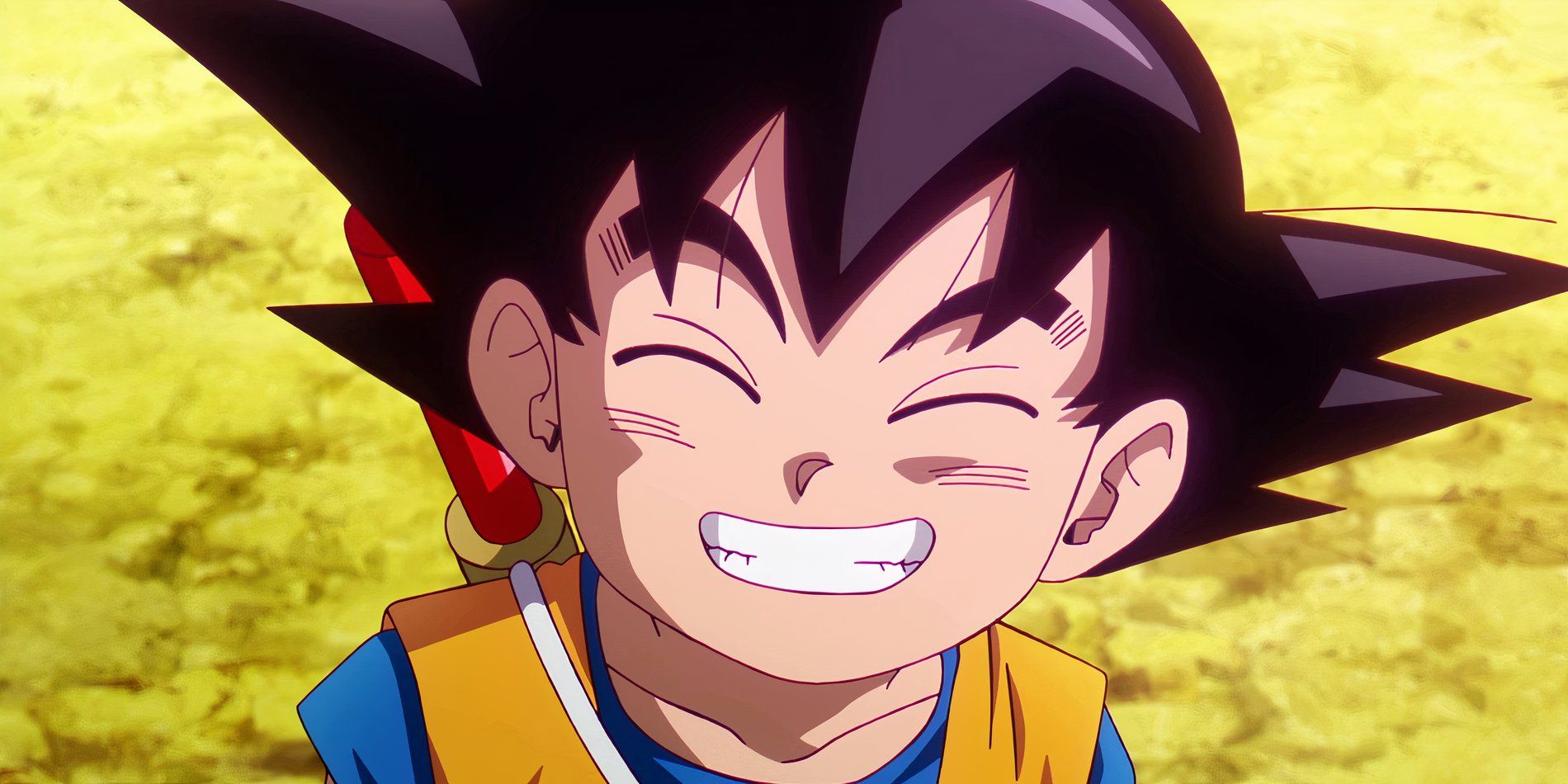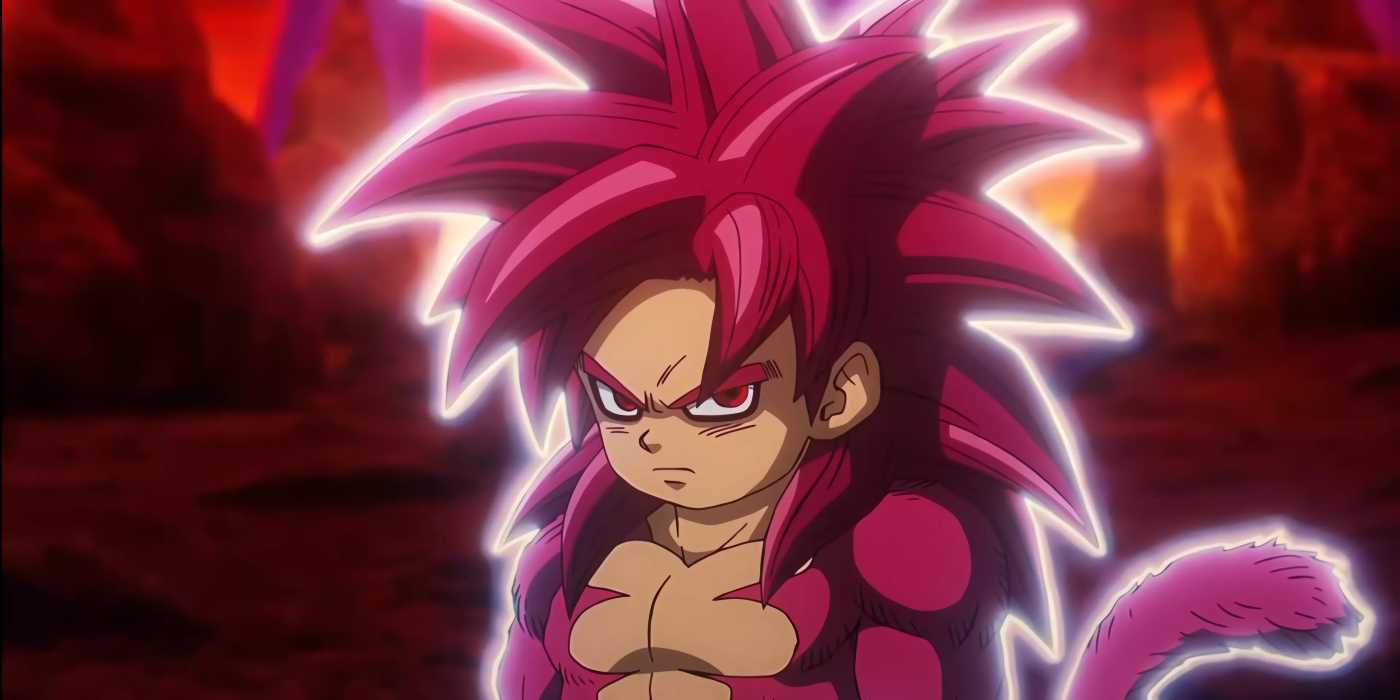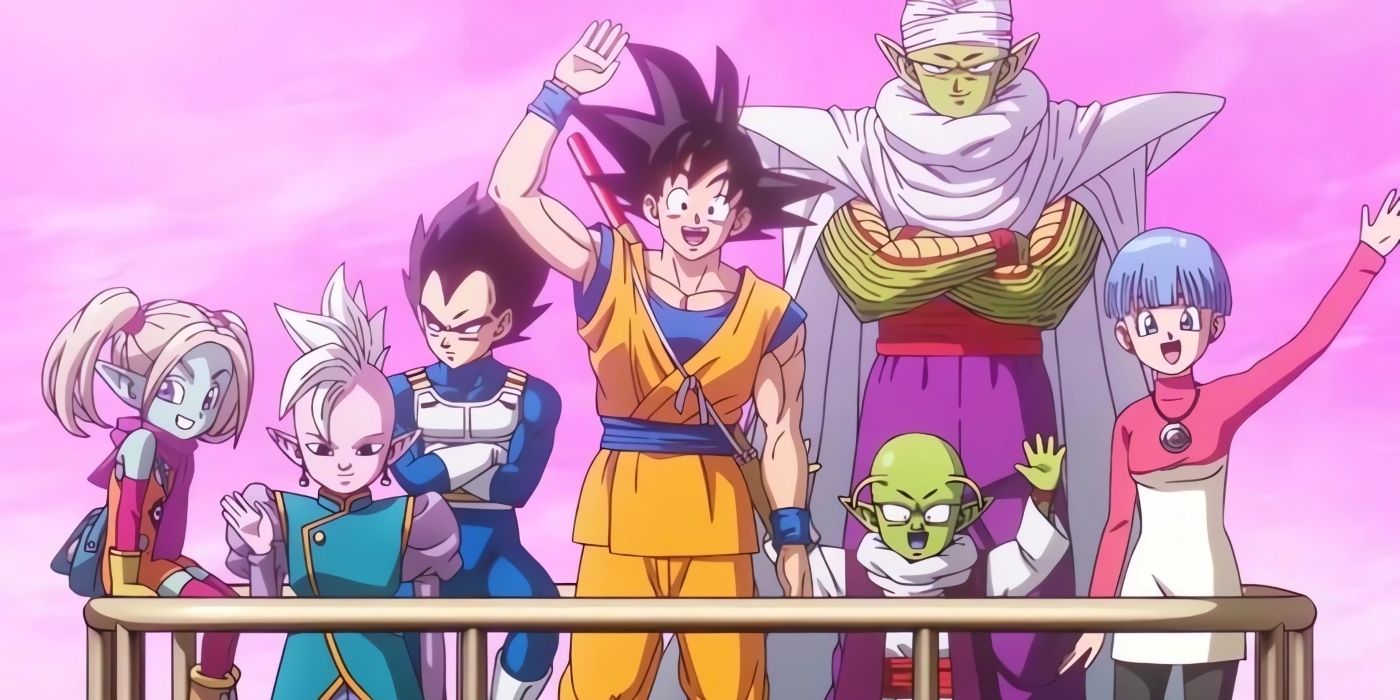Dragon Ball Daima Was Akira Toriyama’s Last Gift to Us, But Sadly, That’s Why Fans Don’t Understand the Anime

Dragon Ball Daima, the final work of legendary artist Akira Toriyama, came to an end this past February with a high-octane showdown and one last gag from its creator. Overall, the series was largely met with a positive reception from fans and critics, though it wasn’t without controversy. The anime’s final act gave way to several developments that caused fans to question how exactly Daima fit within the canon timeline set by the franchise, and continuity issues continue to affect how the community views the series.
The events of the series have been confirmed to take place following Dragon Ball‘s Majin Buu Saga, and help to build on the established but previously unexplored lore introduced in the arc. At the same time, certain developments create issues when taking into account what happened after the Buu Saga, during 2015’s Dragon Ball Super. Discussion about canon status and possible alternate timelines has dominated online discourse, but ultimately fails to recognize just what Dragon Ball Daima is all about. Above anything else, the series is Akira Toriyama’s final gift to fans.
Dragon Ball Daima Creates Continuity Issues
The Series Doesn’t Comfortably Fit Into Dragon Ball’s Canon Timeline
With 40 years of history in the rearview mirror, Dragon Ball doesn’t have a ton of empty space in its canon timeline to work with. The original ending to Akira Toriyama’s manga series takes place 10 years after the defeat of Buu, and in order to expand on the story, Dragon Ball Super was set within that gap. A decade on from Super‘s premiere, however, the franchise now finds itself in an awkward position.
There isn’t exactly room to fit a new story just before the manga’s original ending, and creating a sequel in the vein of Dragon Ball GT without first knowing the ending of Super might create major issues. Therefore, Akira Toriyama and Toei Animation made the decision to place Dragon Ball Daima in the three-year gap between the end of the Buu Saga and Beerus’ arrival. Setting the series in the Demon Realm, a location introduced but ultimately unexplored during the Buu Saga, helped to tie the series to Dragon Ball‘s final arc.

Related
It Took 25 Years, But Dragon Ball Just Broke a Long-Standing U.S. Anime Record
Dragon Ball Daima has been one of the biggest entries into Dragon Ball to date, and it even broke one of the biggest records for anime in America.
All was going smoothly for the anime until Vegeta suddenly transformed into a Super Saiyan 3, something he’d never done before in a canon work. The drawbacks of the transformation gave fans a means to wave it away, assuming he’d never done it during Dragon Ball Super because the God forms were simply better. However, when Goku ascended into Super Saiyan 4, the anime suddenly no longer fit so snugly in the timeline.
Dragon Ball Daima Contradicts What Came Before, But Does That Matter?
Daima Doesn’t Work Entirely Well as a Sequel to the Buu Saga, But That’s Just Fine
Goku’s new-look Super Saiyan 4 transformation directly contradicts the events of Dragon Ball Super in a number of ways, most notably during the fight with Beerus. When asked to show off his forms, Goku tells Beerus directly that Super Saiyan 3 is the highest point he can reach, and that the transformations end there. With Dragon Ball Daima‘s recent final fight, fans know that shouldn’t be the case, yet Super Saiyan 4 is nowhere to be seen throughout any of Dragon Ball Super to follow.
In response to the form, fans have largely either praised Daima for revisiting a fan-favorite element from Dragon Ball GT, or have torn the anime down for straying away from the rules it set for itself during Dragon Ball‘s previous adventure. Though considering how Toriyama operated as an author, it really doesn’t matter all that much whether the series follows its own canon or not. Dragon Ball‘s creator was notorious for being forgetful, never planning too far ahead, and doing the opposite of what was expected. And for once, it seems he wrote a love letter to his fans.
In several interviews, Toriyama admitted to making storytelling decisions based on audience feedback. He had Goku lose the World Martial Arts Tournament twice strictly because fans wanted so badly to see him win, and revealed he didn’t like Vegeta much, only keeping him around because he was helpful to the story. When it comes to fan service, Toriyama’s manga is likely the last place fans would want to look, which makes Daima all the more special for being what it is.
In his final work before passing away, Toriyama gave Vegeta fans what they’d waited decades for in Super Saiyan 3, and finally introduced his own unique Super Saiyan 4. If Dragon Ball Daima is nothing more than a celebration of Toriyama’s talents and a love letter to fans, then the anime is no less than another worthwhile addition to the franchise, regardless of issues surrounding the canon.
Daima Is Over, So What’s Next For Dragon Ball?
The Future of Dragon Ball Without Akira Toriyama Is Bright As It Is Uncertain
Dragon Ball Daima, whether it caused continuity issues or not, was Akira Toriyama’s final gift to the lifelong fan of Dragon Ball, and the future of the franchise has become unknown ever since his passing. Following the release of Dragon Ball Super chapter #103, “A Legacy Toward the Future”, the manga series entered a lengthy, still-ongoing hiatus, and no official announcement regarding a future anime release has been given.
However, that doesn’t mean the future of the franchise is all that grim. Producer Akio Iyoku has shared on numerous occasions that he, along with other producers at Capsule Corporation Tokyo, is working diligently to find the right direction to take the series in coming years, and that fans haven’t seen the last of Goku and company just yet.
Unfortunately, wherever Dragon Ball heads from here, Akira Toriyama will no longer be around to steer the ship, but trusted partners and longtime friends of the series creator like Iyoku are sure to see the franchise in the right direction. Until it makes its return, in whatever form that might be, fans can always revisit Dragon Ball Daima to experience the final work of the legendary artist.







